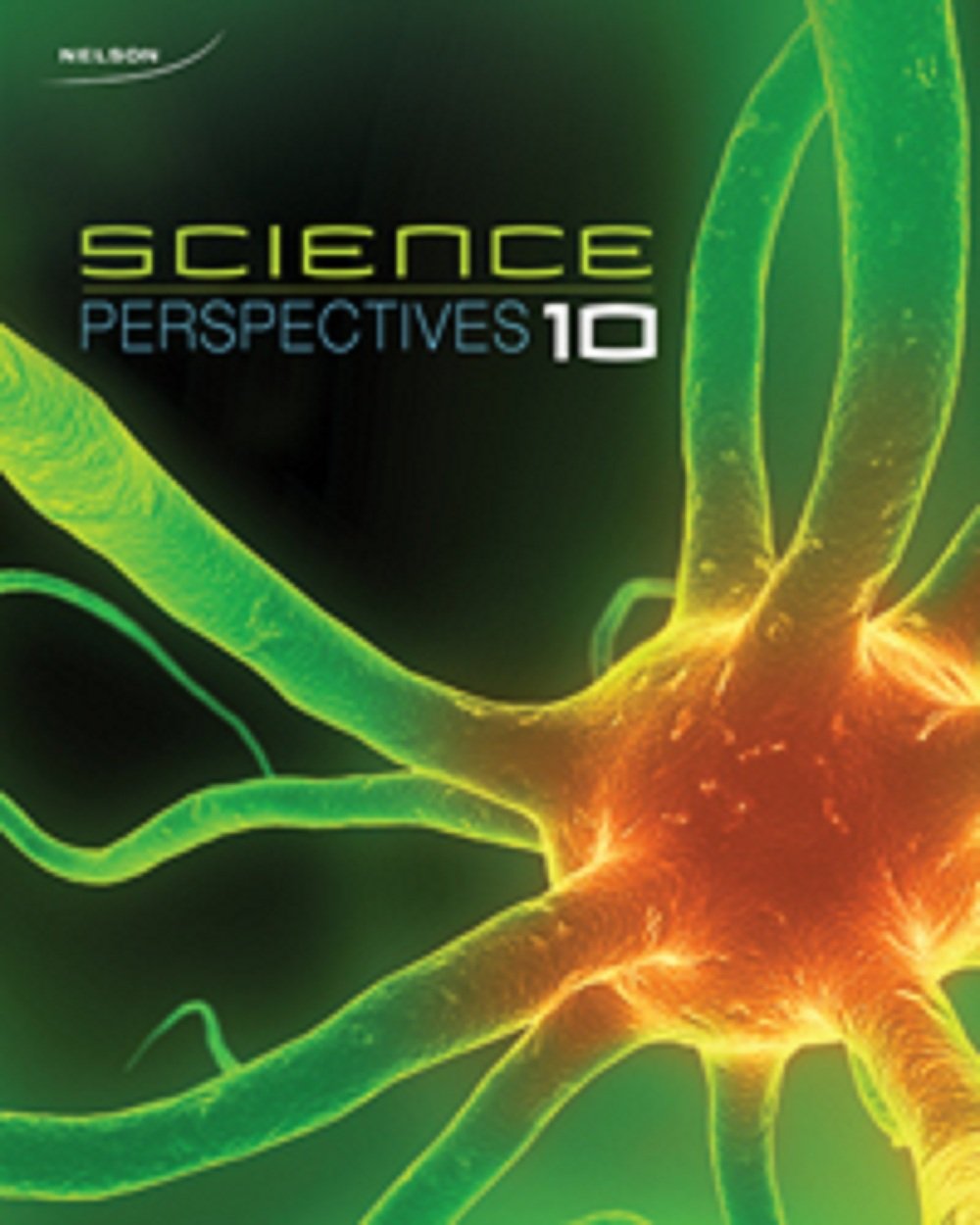
All Solutions
Section 6-9: Types of Chemical Reactions: Combustion
textbf{The complete combustion of hydrocarbons is a very important reaction that we can use in our life because it is very useful and healthy.}
$$
Equation:
$$
mathrm{S_{(s)} + O_{2(g)} longrightarrow SO_{2(g)}+text{energy} }
$$
Equation:
$$
mathrm{2Ca_{(s)} + O_{2(g)} longrightarrow 2CaO_{(s)} +text{energy}}
$$
Equation:
$$
mathrm{C_3H_{8(g)} + 5O_{2(g)} longrightarrow 3CO_{2(g)} + 4H_2O_{(g)}+text{energy}}
$$
Equation:
$$
mathrm{C_2H_{4(g)} + 3O_{2(g)} longrightarrow 2CO_{2(g)} + 2H_2O_{(g)}+text{energy}}
$$
General equation:
$$
text{Hydrocarbon + Oxygen gas} longrightarrow text{Carbon dioxide + Water vapour}
$$
Balanced chemical equation for the complete combustion of propane:
$$
mathrm{C_3H_{8(g)} + 5O_{2(g)} longrightarrow 3CO_{2(g)} + 4H_2O_{(g)}}
$$
This fuel is flammable and so should be stored away from a naked flame.
It is unwise to use a camping stove inside a tent because it poses a fire hazard. The flame can light up the tent fabric to start a fire.
Combustion of fossil fuel releases carbon dioxide, sulfur dioxide, oxides of nitrogen and water vapor in the atmosphere. Most of these products are atmospheric pollutants and harm the environment. Combustion of hydrogen gas produces water which is not an atmospheric pollutant.
Hydrogen is produced by the electrolysis of ionized water. This consumes large amounts of electricity which is generated by one way or the other, therefore the statement that hydrogen is as environmentally clean as the energy used to make is holds true.
1. Synthesis reaction
2. Decomposition reaction
3. Single displacement reaction
4. Double displacement reaction
5. Combustion reaction
Combustion of coal with oxygen forms carbon dioxide which is a synthesis reaction.
$$
mathrm{C_{(s)} + O_{2(g)} longrightarrow CO_{2(g)}}
$$
Graphite is chemically carbon. This burns in plentiful supply of air to form carbon dioxide.

